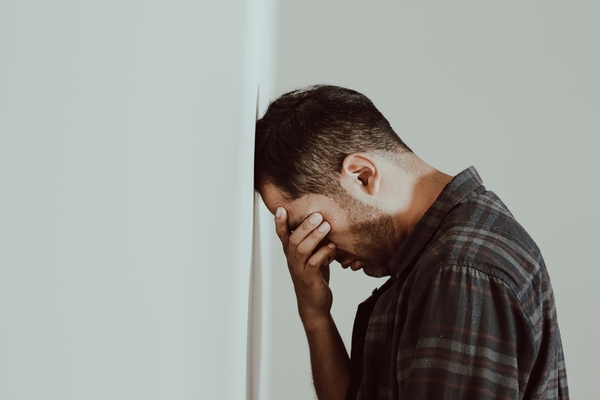Yesterday, my colleague reported on youth suicide in America. Her research highlighted that while suicide is on the rise across multiple demographics, it is far more prevalent among men, who committed nearly 30,000 more suicides than women in 2022.
Such statistics plainly contradict the common stereotype that teenage girls are the most negatively affected by suicide or specifically America’s mental health crisis. By certain metrics, this is true. For example, female adolescents are more likely than their male counterparts to experience persistent sadness. But the study of teen well-being routinely downplays the seriousness of male suicide. One report, for example, notes that female students are two times more likely to consider suicide, yet makes no mention of the fact that nearly four times as many males die of suicide.
Notably, young men are in the throes of a very real masculinity crisis, and it does not get talked about nearly enough.
“Being male is the biggest risk factor for suicide,” revealed author Richard V. Reeves. Unfortunately, health experts seem to be in denial about this tragic fact. “I’ve encountered people in very senior positions, including a professor who spoke on a panel about teen mental health and suicide, who don’t know about the gender gap in suicide. I’ve had members of Congress tell me I’ve got this the wrong [way] around.”
Regardless, the data is clear.
Psychosocial researcher John Mac Ghlionn reports that over “60 percent of the country’s young men are now single; that’s nearly twice the rate of single young women. Males are now responsible for 80 percent of suicides, according to the CDC. Every 13.7 minutes, somewhere in the U.S., a man takes his own life. The masculinity crisis is real, and it’s getting worse.”
Countless other headlines concur: “Why are young men in America failing to launch?” asked Deseret News. “What’s the Matter with Men? echoed The New Yorker. “American boys and men are suffering,” Salon declared. Medium, The Hill, Time Magazine, and National Review, among many more, ran similar stories. Each said basically the same thing: men aren’t pursuing women. They’re isolated, depressed, discouraged, and angry. They’re aimless, confused, unambitious. Young men are in crisis.
We must begin to grapple with the uncomfortable fact that in today’s world, simply “[b]eing male is the biggest risk factor for suicide.” Many have argued that if men would be more open about their feelings the problem might be mitigated. Perhaps. But if men are biologically disinclined to talk about their feelings, then that cannot be the sole solution. If the so-called “social construct” of masculinity is actually derived from men’s biology or the sex differences in cerebral anatomy, as psychologist John Barry has argued, then urging them to go against it might prove to be counterproductive.
Far too often, John Mac Ghlionn argues, we are using “a female model to treat men’s mental health.”
“There was a time when the American Psychological Association (APA), the organization responsible for accrediting psychologists in the U.S., appeared open to the idea of ‘male-based depression,'” he noted. “Unfortunately, not long after, the ‘sex is a construct’ narrative started gaining traction, and the APA began denying that differences between the sexes actually exist.”
Ghilion contends that this effectively amounts to psychology (and society) turning its back on men.
Having abandoned our boys to face the perils of a flailing “manosphere” with little more than a female-based model for therapy, we should not be surprised if the problem continues to worsen. This is our call to action as self-governing citizens to step up to rescue the next generation of men from crisis. This issue cannot and should not be relegated to politicians or even counselors — we must tackle it head on as parents, siblings, and friends, recognizing, as Ghilion concludes his report, that “to truly address male suffering, we must first accept the idea that a man’s pain often looks nothing like its female counterpart.”
Society's war on men
Published in Blog on December 01, 2023 by Jakob Fay






